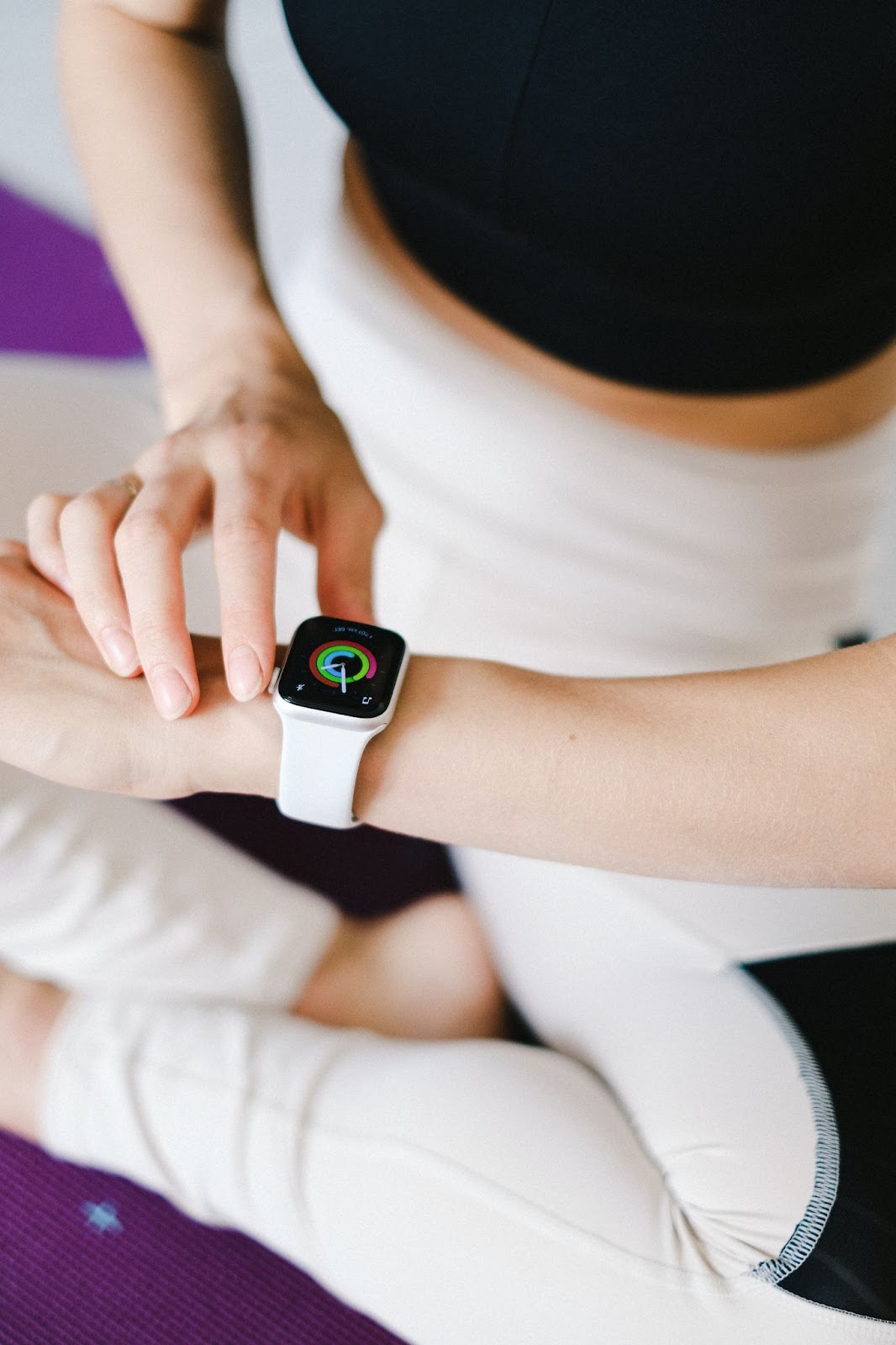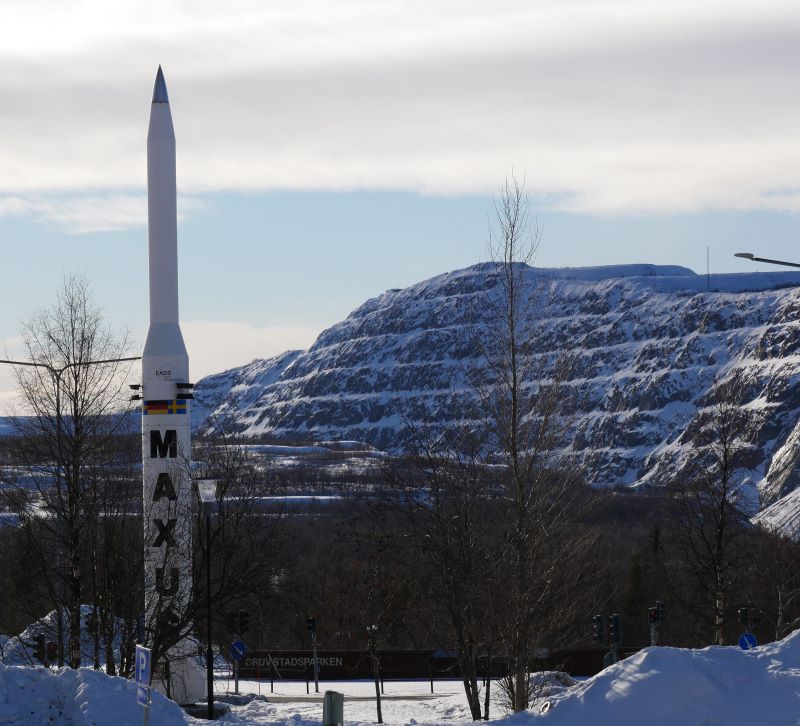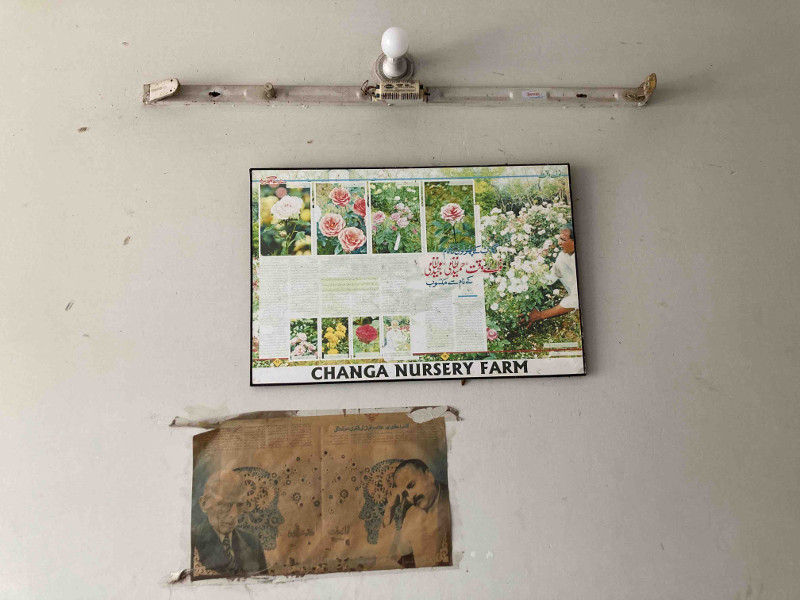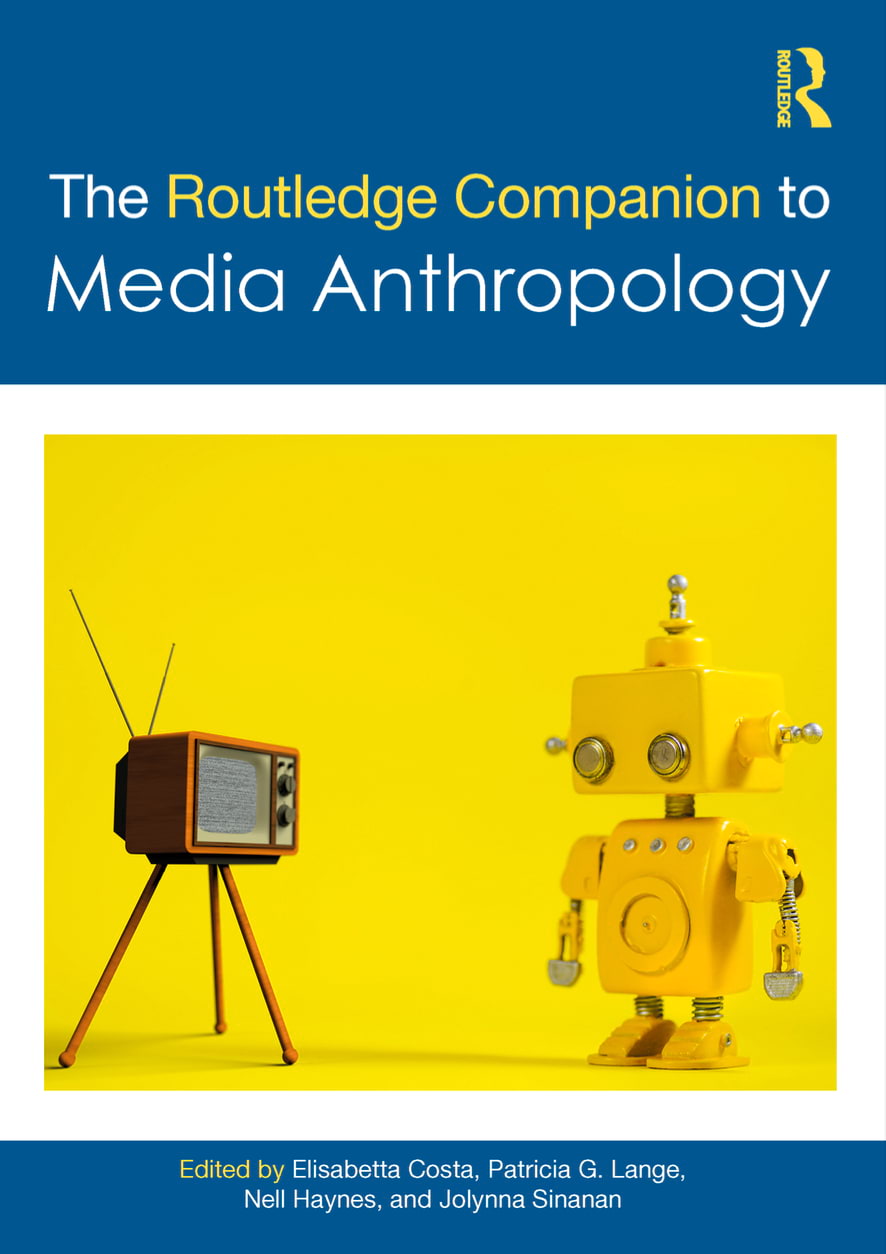
Invisible Labor of Health and the Spell of Productivity
When I talked with Jia, who works for an e-commerce company in Shanghai, China, she was trying to finish a “Perfect Month Challenge” on her Apple Watch. That meant closing the rings on her watch every day for a month—achieving goals for standing up once an hour across all 12 hours, burning over 400kcal calories, and exercising 20 minutes. She was fully invested in this project, until Shanghai hit a lockdown due to the COVID-19 outbreak in early 2022, and she suddenly lost the streak. “The ‘firework’ after closing the rings is so nice, and the ‘Perfect Month’ sounds attractive to me,” she said, “I was drawn into exercising, and made a lot of progress, and setting myself a new goal every now and then. But this is also a source of anxiety and stress, and once I couldn’t keep up, I would just let go.” (read more...)






